


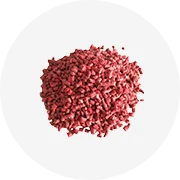


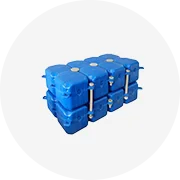
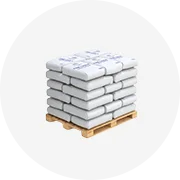

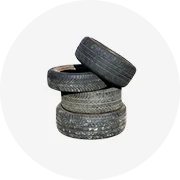
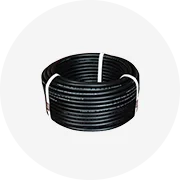

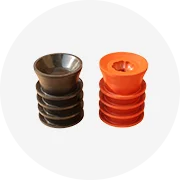
A CNG filling hose is an essential component in the realm of compressed natural gas (CNG) operations, designed to facilitate the safe and efficient transfer of CNG from dispensing stations to the vehicle's storage tank. These hoses are engineered to withstand high pressures and are constructed with materials that ensure durability and flexibility.
The construction of a CNG hose involves various materials, each selected for its ability to cope with the specific demands of CNG transfer. Common materials include synthetic rubber and thermoplastics, which provide resistance to the high-pressure environment. The internal lining of the hose is often made from a gas-resistant compound, while the outer cover is designed to resist environmental factors like abrasion, weather, and ozone.
A key feature of the CNG dispenser hose is its ability to absorb shocks and vibrations during the filling process, which enhances safety and reduces wear. The flexibility of the hose allows for easy handling and connection, minimizing the need for additional tools or bending equipment. In terms of applications, these hoses are not limited to vehicle refueling but are also used in CNG transfer for industrial and commercial purposes.
The multi-layered construction of a high-pressure CNG hose contributes to its robustness and longevity. The layers often include a reinforcement that provides strength to withstand the high pressures characteristic of CNG applications. This design minimizes the risk of leaks, which is crucial for both safety and environmental reasons. Additionally, the self-lubricating nature of some hose materials helps in maintaining efficiency over time.
When selecting a CNG hose for sale, it is important to consider factors such as length, which should correspond to the specific needs of the application, and the type of couplings, which must be compatible with existing equipment and capable of maintaining a secure connection under pressure. The thickness of the hose also plays a role in its handling characteristics and overall performance.
For those in need of a CNG fueling hose, it is crucial to choose one that aligns with the specific requirements of their operation. Factors such as the operating pressure, temperature range, and certification standards should be taken into account to ensure a safe and reliable CNG transfer process.